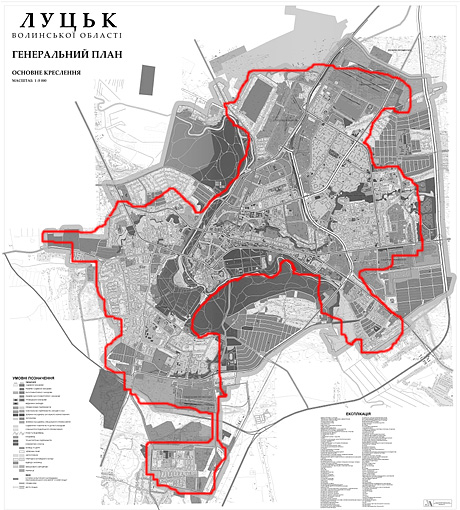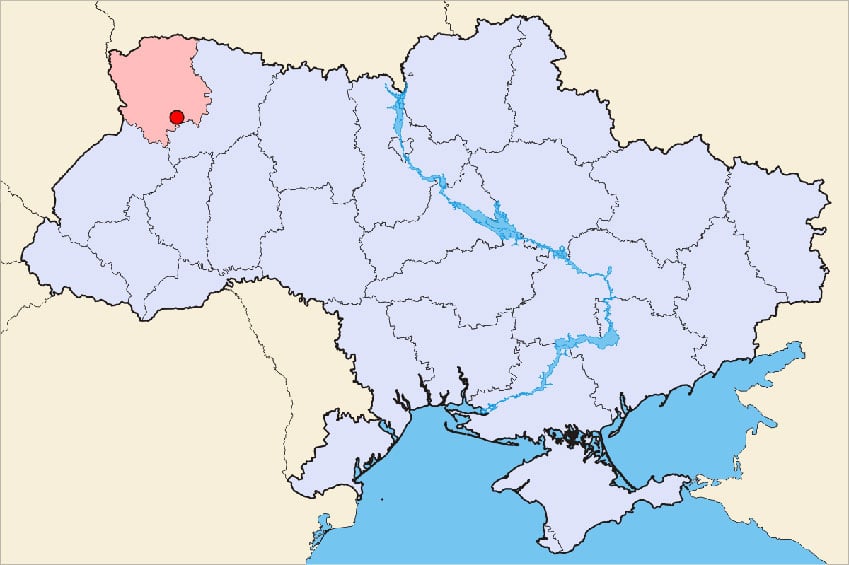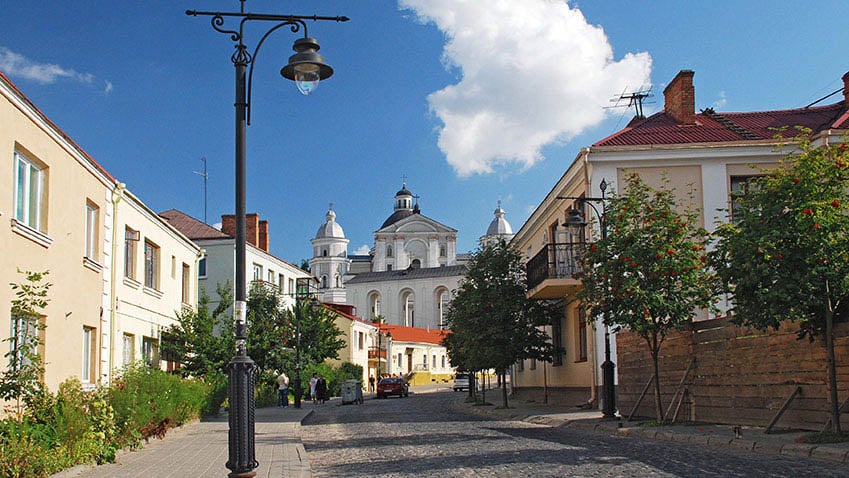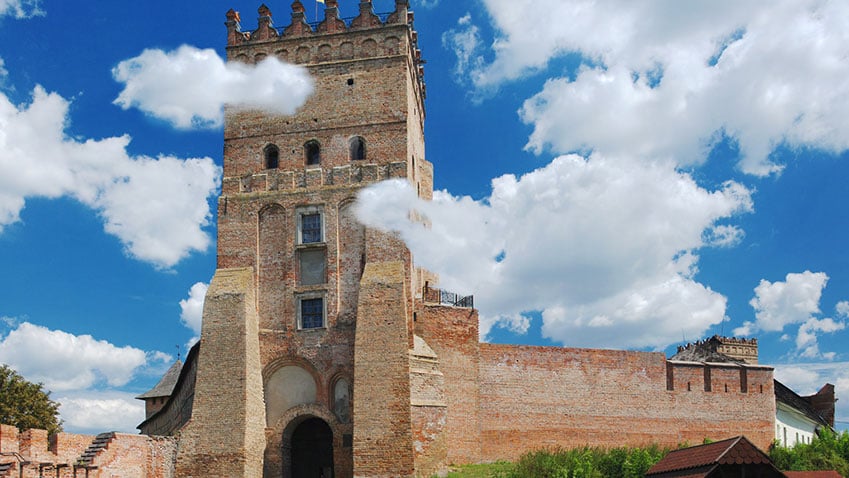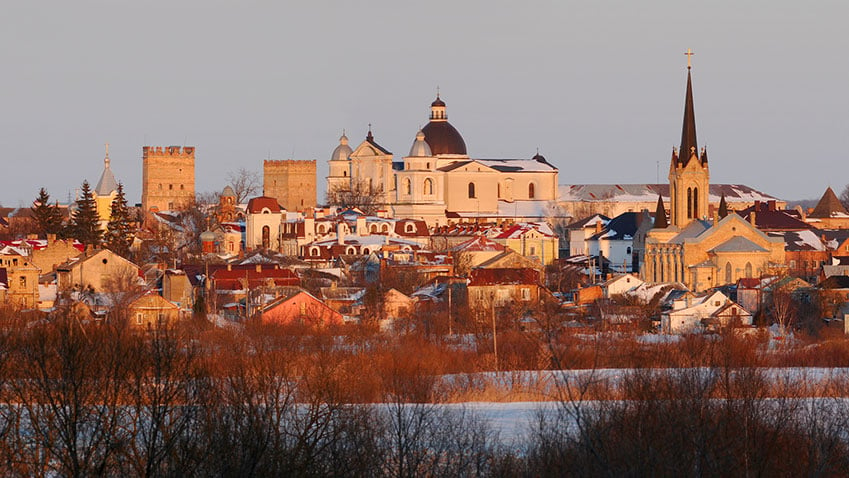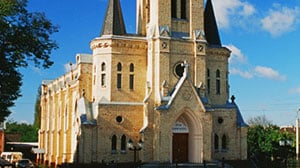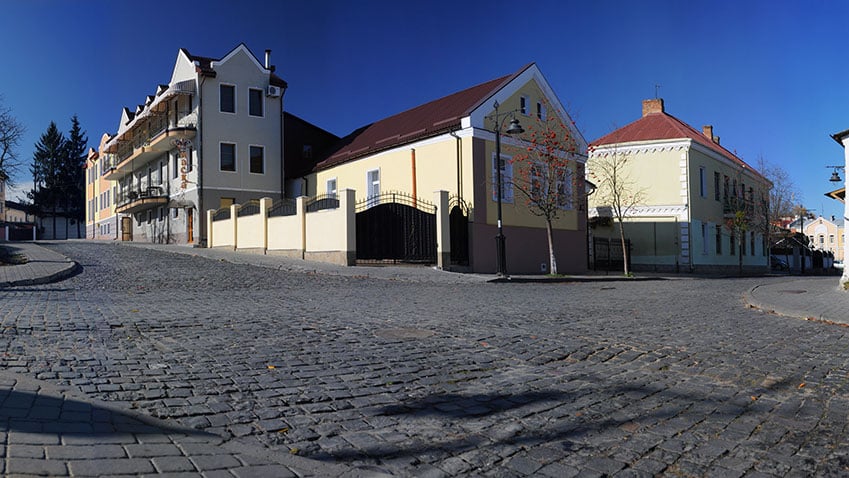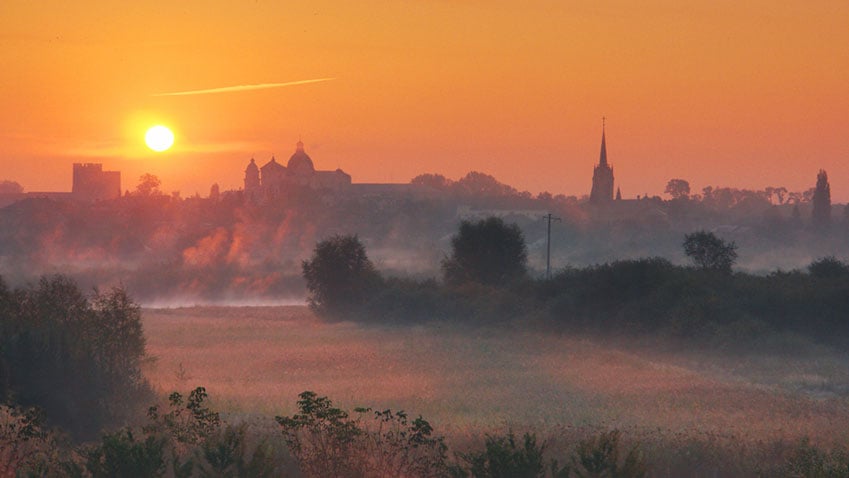COMUS Pilot town: Lutsk, Ukraine


Number of inhabitants: 217,000 inhabitants
Area (km²): 41,6 km²
Lutsk is one of the most ancient towns of Ukraine, with a history dating back to 1085. In the Middle Ages, Lutsk played an important role in the political life of Central and Eastern Europe. By the end of the XIVth century, it was the second capital (after Vilno) of the Grand Duchy of Lithuania, Ruthenia and Zhamozhitia. In 1429, European monarchs, among which were Polish King Władysław II Jagiełło, future Holy Roman Emperor Sigismund of Luxemburg, King of Denmark, Norway, and Sweden Eric of Pomerania, Grand Prince of Moscow Vasilii II of Russia, and others, gathered at the Congress of Lutsk to discuss problems of European defense, international relations and trade, and to witness the coronation of Vytautas the Great who received the title of King of Lithuania.
Lutsk High Castle, also known as Lubart's Castle, began its life in the mid-14th century as the fortified seat of Gediminas’ son Liubartas (Lubart), the last ruler of united Galicia-Volhynia. Lutsk Castle is one of the few remaining medieval castles of Ukraine, and recognized as one of the five most beautiful fortifications in the country. From the beginning of its existence, the Lutsk Castle became the administrative, political and spiritual centre of the region. Vytautas the Great founded the town itself by importing colonists (mostly Jews, Tatars, and Karaites).
In 1432, Lutsk was granted Magdeburg rights. Since 1569, the town developed as part of the Polish-Lithianian Commonwealth, and in 1795 it was annexed by the Russian Empire. In 1869, the first general plan of Lutsk was approved. From March 1921 to September 1939, Lutsk appeared as a capital of the Volyn province (Wolyn Voivodeship) in the Second Polish Republic. In autumn 1939, the Red Army entered the town, and on 4 December, it became the centre of the Volyn region of the Ukrainian Soviet Republic.
Nowadays, Lutsk is the regional centre of the Volyn oblast, an important industrial centre producing cars, shoes, bearings, furniture, machines and electronics. Above all however, the town is well-known for its valuable cultural heritage: buildings, temples, fortifications, streets, bridges, the historical environment and space, rich traditions, tales, festivals.
 outputs
outputs
Lutsk
- Preliminary Technical Files (PTF)
- Reference Plan (RP) *
- Preliminary Technical Assessments (PTA) :
- PTA1-Creation of the City Center for Public Dialogue – in the building-monument of cultural heritage – at Drahomanova Street, 1 (by July 2018);
- PTA2-Reconstruction of the Town hall with the city museum in the building at Danyla Halytskoho Street, 1a, located in the subterranean of the former Town Hall. Return area of the Market Square status of urban public space, meeting place for the citizens, fairs and trades, local festivals (by December 2018);
- PTA3-Reconstruction of preserved area of the Market Square (by February 2019);
- PTA4-Creation of historical and landscape park in the area of protection of the State Historical and Cultural Reserve in Lutsk, and the landscape space of the river Styr within the Kovelska, Gnidavska and Potebni streets (by December 2020);
- PTA5-Improving/arranging traffic within the historic core of Lutsk – Old Town (Kafedralna Street, Drahomanova, Danyla Galytskoho, Danyla Bratkovskoho). The idea is under consideration by the city government (by December 2017).
- Feasibility Study (FS) :
- FS1-Reconstruction of preserved area of the Market Square (by February 2019);
- FS2-Establishing a Culture Centre, Lutsk
* The Council of Europe acknowledges the significant efforts of the local stakeholders group in Lutsk which has expressed its intention to improve this document beyond the life of the COMUS project. However, the document would require further elaboration in order to be considered as a viable example of a reference plan.
 priorities
priorities
Heritage characteristics
Lutsk has a set of preserved monuments of national significance, most of which are concentrated in the historic part. An important feature is the multi-culturalism of monuments reflecting the history of town development. The historic area, located on the ancient island, was divided into three parts, each of which had its fortifications: High Castle, Lower Castle and the Town. Even today this part of town has retained the traditional layout of streets and size of quarters. This distinguishes it from other modern quarters.
The important characteristics of the cultural heritage of Lutsk are the preserved and practised intangible heritage: traditional crafts – pottery, blacksmithing, the painting of Easter eggs (pysanky), straw braiding, special culinary traditions, honey making. All this creates a favourable background for the different ethnic festivals in Lutsk.
Expected achievements
The COMUS project implementation area embraces the historical part of the town on the former island.
Market Square is one of the oldest and most important squares of Lutsk, not only in historical terms but also culturally. There negotiations between towns and countries and public fairs took place. Today Market Square is part of the historical and cultural reserve "Old Lutsk". However, the square has now lost its economic, cultural and political significance in community life. The revitalization of the Market Square could be the beginning for cultural, economic and innovative renaissance of the historical area.
Local community priorities
- improvement of living conditions of local dwellers in the protected historical area by legislative, organisation, financial and political instruments;
- use of abandoned plots – waste ground within and around the historical part of the town attracting new businesses, ideas, resources;
- development of business and services supporting town development through favourable conditions and shared ideas;
- improvement of urban infrastructure and public space.

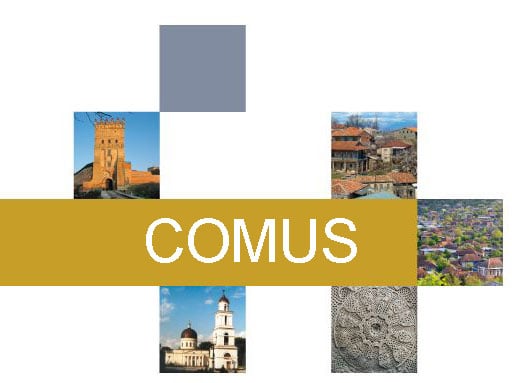
 Contacts
Contacts
Lutsk Acting Mayor

- Mr. Ihor POLISCHUK
National Coordinator
- Ms Valentyna DEMIAN
Project officer
- Ms Tetyana GNATIV
Chief of Town Culture Department
Project Implementation Unit
- Mr Petro TRONEVYCH
Сoordinator of Local Stakeholders Group,
Chief of Cultural Heritage Division of Culture Department - Mr Valeriy DMYTRUK
Chief of Cultural Department of Volyn' Region State Administration - Ms Natalia BUNDA
Chief of Town Tourism and Promotion Department - Ms Vira KUDRIAVTSEVA
Chief of Town International and Project Development Department - Mr Leonid HERASYMIUK
Chief of Town Building and Architecture Department - Mr Yaroslav MATVIYIV
Chief Town Painter - Mr Anatoliy PARKJOMIUK
Deputy of Town Council, Head of Education, Science and Culture Committee, Head of regional NGO “Association of regional development” - Mr Pavlo RUDETSKY
Director of the State Historical and Cultural Reserve in Lutsk - Mr Petro TRONEVYCH
Chief of Cultural Heritage Division of Culture Department - Mr Taras RABAN
Head of Regional Association of Architectures of Ukraine - Ms Ruslana VRONSKA
Head of Regional Association of Craftsmen - Mr Valeriy LENARTOVYCH
Head of NGO “Handmakers of Volyn'” - Mr Mykola VOLOSHYN
Director of souvenirs shop “Wreath of blue-bonnets” - Mr Volodymyr DMYTRUK
Head of NGO “Brotherhood of regional bee-keepers” - Mr Vasyl VORON
Journalist - Mr Oleksandr KOZLIUK
Chief of Town Entrepreneurship and Advertisement Department
 general information
general information
Lutsk on the map of Ukraine
Shutterstock
Lutsk High Castle, also known as Lubart's Castle
Old Town in winter
German Church
Street of Old Town
Historical landscape in the morning
Photos by Viktor Chukhrai (with permission).








